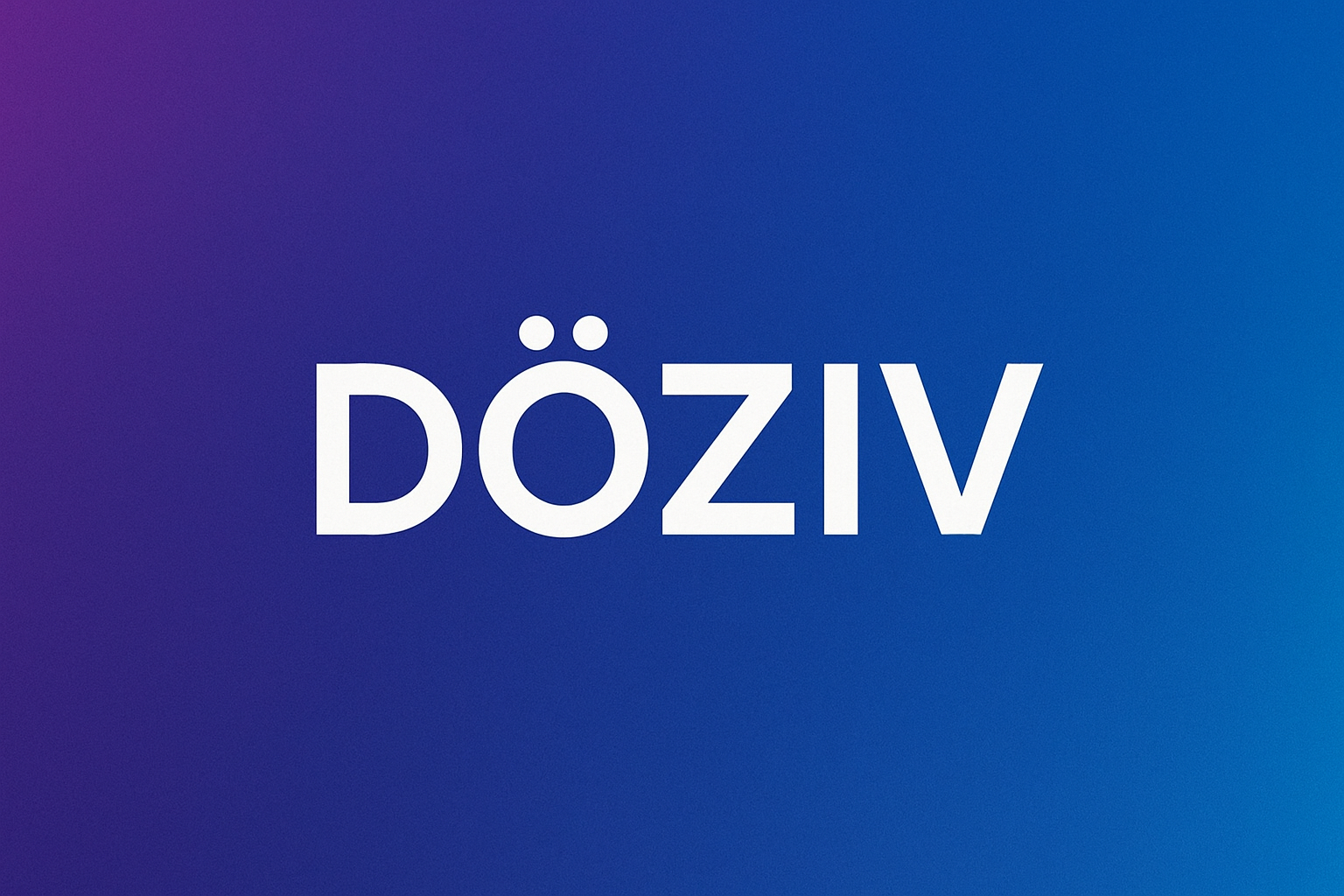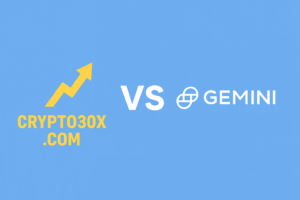Understanding 3sv9xvk: A Deep Dive into a Mysterious Code
Introduction
The string 3sv9xvk may look like a random jumble of letters and a number, but codes like this often play essential roles behind the scenes in technology, security, and digital systems. In this article, we will focus solely on 3sv9xvk what it might represent, how it could be used, its strengths and risks, and why such codes matter in the modern digital world. You’ll learn in plain language, with clear headings and no fluff. Let’s begin by exploring what 3sv9xvk could mean.
What Is 3sv9xvk?
1. A Unique Identifier or Token
The most straightforward possibility is that 3sv9xvk is a unique identifier a token or code used internally by a system to represent something: an account, a session, a transaction, a digital object, or a piece of data. Systems often generate codes like 3sv9xvk so that they can refer to items without using verbose human-readable names.
2. A Referral or Invitation Code
Alternatively, 3sv9xvk might be a referral code, invite code, or coupon code. Many applications issue short alphanumeric strings so that users can share them with friends. When someone inputs 3sv9xvk, the system knows to link that user to the referring account.
3. A Session or Authentication Token
In web services, codes like 3sv9xvk are often used as session IDs or authentication tokens. After you log in, the server might hand you a code such as 3sv9xvk that represents your session so you don’t have to re-enter credentials each time.
4. A Database Key
At the database level, 3sv9xvk might function as a primary key or a foreign key in a data table. Instead of using sequential numeric IDs (1, 2, 3…), some systems prefer random alphanumeric keys like 3sv9xvk to make it harder to guess other items.
Why Use a Code Like 3sv9xvk?
1. Uniqueness and Collision Avoidance
Using a code like 3sv9xvk helps systems ensure unique identification. Two different items will never (or almost never) share 3sv9xvk. That reduces risk of collision.
2. Security Through Obscurity
Because 3sv9xvk is not predictable, it can help systems defend against simple attacks. Someone cannot guess “your code is 3sv9xvk + 1” or something obvious. This unpredictability adds a small layer of security.
3. Compactness
Compared to long descriptive names or IDs, 3sv9xvk is short. It is efficient for storage, transmission, and URLs. Many systems prefer compact codes.
4. Decoupling from Personal Data
By using 3sv9xvk, a system can avoid exposing personally identifiable information. The code stands abstractly only the system maps it to user data behind the scenes.
2504100485 – Who Is Calling from This Number? Origin, Details & Safety Tips
Possible Use Cases of 3sv9xvk
A. In Web Applications
Imagine a web app that sends you a link to verify your email. That link may contain 3sv9xvk as a verification token. When you click it, the server checks that token, confirms your identity, and marks the email as verified.
B. In E-Commerce
Your order receipt or tracking number might hide a backend code like 3sv9xvk that ties to your order. The company’s system then uses 3sv9xvk to fetch all your order details.
C. In Gaming or Social Platforms
If a game lets you join a private room or use invites, 3sv9xvk might be the room’s invite key. You share 3sv9xvk with a friend so they can join your session.
D. In APIs and Services
APIs sometimes require you to pass a key or token. That key might look like 3sv9xvk. It signals to the service which account is calling, what permissions you have, and so on.
Strengths and Limitations of 3sv9xvk
Strengths
- Hard to guess: An attacker can’t cheaply guess valid codes like 3sv9xvk.
- Versatile: It can serve many roles (session token, ID, invite).
- Compact: Easy to embed in URLs, database fields, QR codes, etc.
Limitations
- Statelessness issues: If the server doesn’t store a mapping, code alone is insufficient.
- Expiration & revocation: Codes like 3sv9xvk should often expire or be revocable; otherwise they may pose security risks.
- Reusability risk: If someone steals or intercepts 3sv9xvk, they may impersonate the owner unless safeguards exist.
How 3sv9xvk Could Be Generated
Random Generation
A cryptographic or pseudo-random generator picks characters to form 3sv9xvk. This is common and ensures unpredictability.
Hash-Based Approach
A system might hash data (e.g., user ID + timestamp) and produce 3sv9xvk (or a substring thereof) as a code. That way, the code encodes information indirectly.
Counter + Obfuscation
Start with a sequential number (e.g. 1001) but obfuscate it using algorithms so it becomes something like 3sv9xvk when stored or exposed externally.
How to Use 3sv9xvk Safely
- Keep it secret when needed
If 3sv9xvk is a session token or sensitive identifier, don’t expose it in public logs, URLs, or places where others can see. - Use expiration
Limit the valid time window of 3sv9xvk so that even if someone intercepts it, they can’t use it later. - Tie it to context
For example, ensure 3sv9xvk only works from the same IP or device, or only in the same session context. - Use encryption/HTTPS
When transmitting 3sv9xvk, always use secure protocols so it can’t be sniffed. - Allow revocation
If you detect abuse or compromise, allow invalidating 3sv9xvk immediately.
Potential Risks Around 3sv9xvk
- Replay attacks: Someone reuses 3sv9xvk if it doesn’t expire or is not tied to context.
- Brute force: If the space of possible codes is too small, attackers may try all combinations until they hit 3sv9xvk.
- Logging exposure: If 3sv9xvk appears in logs or error messages, it may leak.
- Social engineering: Attackers may trick the system into revealing that 3sv9xvk belongs to a certain account or does a certain action.
Because we don’t know precisely which role 3sv9xvk plays in your system, be cautious in applying or sharing it.
Why 3sv9xvk Matters (In General)
Even though 3sv9xvk is just one code, it exemplifies key principles in system design:
- Abstraction: It hides internal details from users while enabling systems to map to complex data.
- Security: Random, unpredictable strings help guard against guess-based attacks.
- Scalability: Using codes like 3sv9xvk allows systems to scale without shifting to human-readable names.
- Interoperability: APIs, databases, microservices can all share and pass around codes like 3sv9xvk as a standard “pointer.”
Thus, 3sv9xvk is not just a code it is a symbol of how modern digital infrastructure operates.
What 3sv9xvk Is Not
- It is probably not a natural language word or acronym.
- It is likely not meant to be memorized by humans most codes like 3sv9xvk are for machine use.
- Unless built with error correction, 3sv9xvk is likely sensitive to typos (one wrong character invalidates it).
- It is not inherently meaningful unless mapped within a system; by itself it carries no inherent semantic content.
Example Scenarios Involving 3sv9xvk
| Scenario | Role of 3sv9xvk | Description |
|---|---|---|
| Email verification | verification token | System sends “Click …?token=3sv9xvk” to confirm ownership |
| API call | API key | Client includes “key=3sv9xvk” to authenticate requests |
| Game room | invite code | You share “Join code: 3sv9xvk” with fellow players |
| Order tracking | order reference | “Your order ID: 3sv9xvk” while backend maps it to full details |
Each scenario gives 3sv9xvk a distinct but analogous role: linking a user-facing context to backend logic.
How to Detect if 3sv9xvk Is Malicious or Misused
- Unexpected appearance: If 3sv9xvk appears somewhere you weren’t expecting (like in a URL domain you don’t know), be cautious.
- Reused across systems: If the same 3sv9xvk appears in multiple unrelated contexts, someone might be reusing it maliciously.
- Too long or too short: If 3sv9xvk deviates dramatically from the expected length pattern in your system, that may indicate tampering.
- Invalid contexts: If 3sv9xvk works in a context it should not (e.g. used for admin action when it should not), that’s a red flag.
Future Trends Around Codes Like 3sv9xvk
- More randomness, stronger entropy: Future systems will generate longer, more secure codes beyond something like 3sv9xvk.
- Verifiable codes: Codes will embed cryptographic proof e.g. you can prove “3sv9xvk” is valid without querying the server.
- Decentralized identifiers: In decentralized systems (blockchain, decentralized identity), codes like 3sv9xvk might play roles in linking identity across domains.
- Human-friendly encoding: Systems may convert codes like 3sv9xvk to nicer formats (with checksums or error-correction) to reduce user errors.
Thus, while 3sv9xvk is simple, it points to a broader transformation in how systems manage identity, security, and data.
Summary and Key Takeaways About 3sv9xvk
- 3sv9xvk is likely a code or token used internally by a system to refer to something securely and uniquely.
- It might serve as a referral code, session ID, database key, or invite code.
- Its main advantages are uniqueness, compactness, and security through unpredictability.
- Proper use must include expiration, context binding, revocation, and secure transmission.
- Misuse or exposure of 3sv9xvk can lead to security risks like impersonation or replay attacks.
- Though simple, 3sv9xvk reflects core principles of modern software architecture.














Post Comment